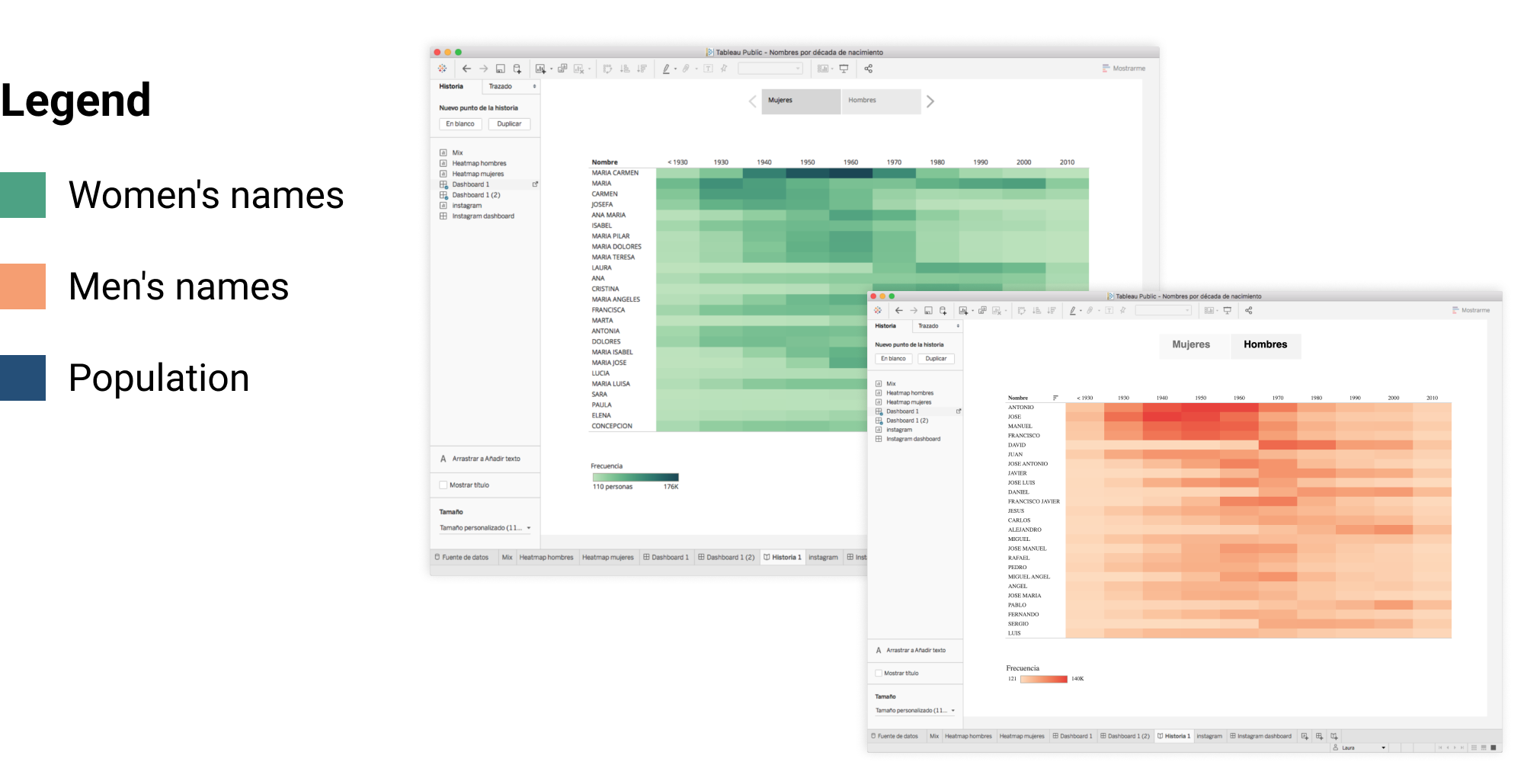
Context
This project delves into the trends and patterns in the popularity of baby names in Spain from 1900 to 2015. By analyzing public data from the National Institute of Statistics (INE), we can gain insights into how cultural, social, and historical events have influenced naming trends across different regions and time periods. For example, Antonio and Mari Carmen were the most popular names between the 1930s and 1970s, while José and María have consistently topped the rankings for decades. However, trends have shifted, with modern generations favoring shorter and more contemporary names like Lucía, Laura, and Paula for girls, and David, Alejandro, and Javier for boys.
Objective
The primary objective of this project was to visualize the changing popularity of baby names in Spain over time and identify regional differences in naming trends. We aimed to explore the influence of cultural and historical events on naming practices and provide a tool for users to delve into the history of a specific name across various regions in Spain. Through this project, we sought to offer a comprehensive analysis of naming trends, making it easier for users to understand how and why certain names have fluctuated in popularity over the years.

My Role
I was responsible for the entire project, from the initial concept and research to the design and development of the final product. My tasks included analyzing the dataset provided by INE, developing visual concepts to represent the data effectively, and implementing these designs into a responsive website. I created the interactive Tableau visualizations, ensuring they were accessible and engaging for users across various devices. Additionally, I developed microcontent for social media to promote the project and encourage audience engagement.
Deliverables
- An interactive website showcasing the popularity of baby names in Spain.
- Infographics highlighting trends over time, regional variations, and cultural impacts.
- Visualizations created with Tableau Public, offering options for users to download the data directly from the Tableau interface.







